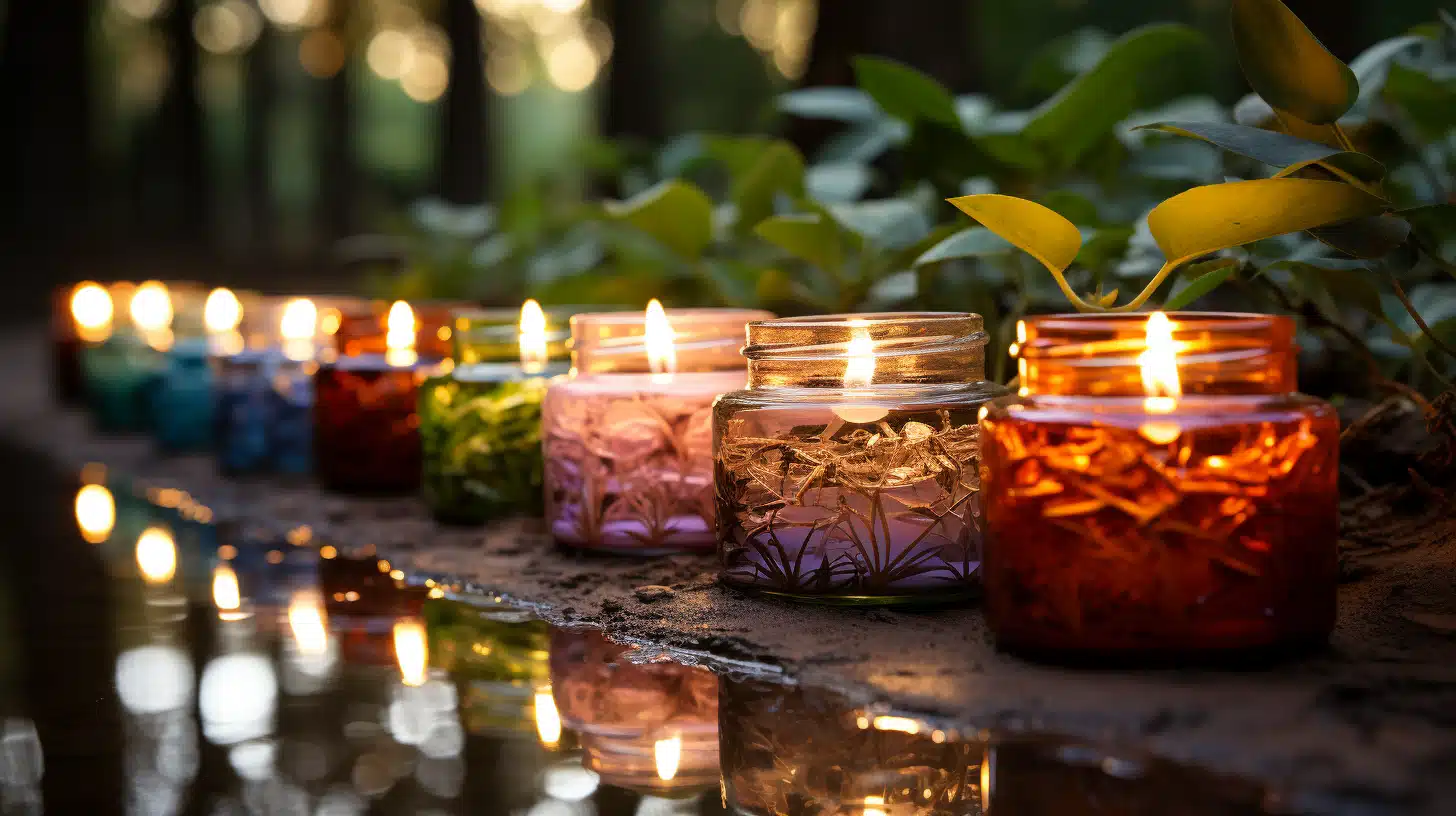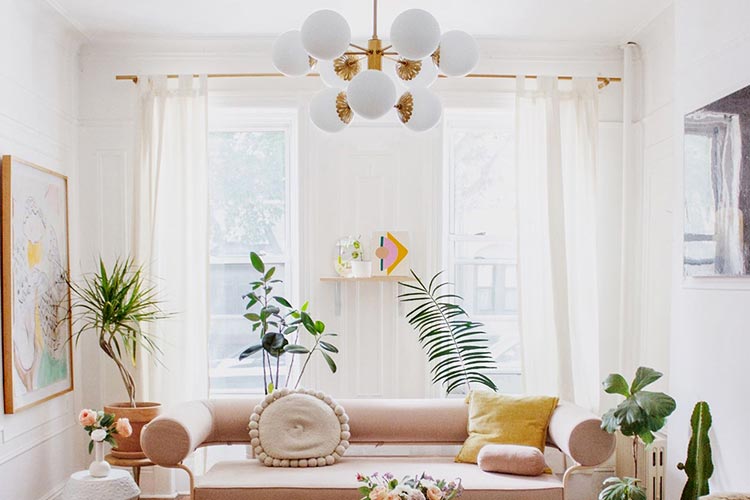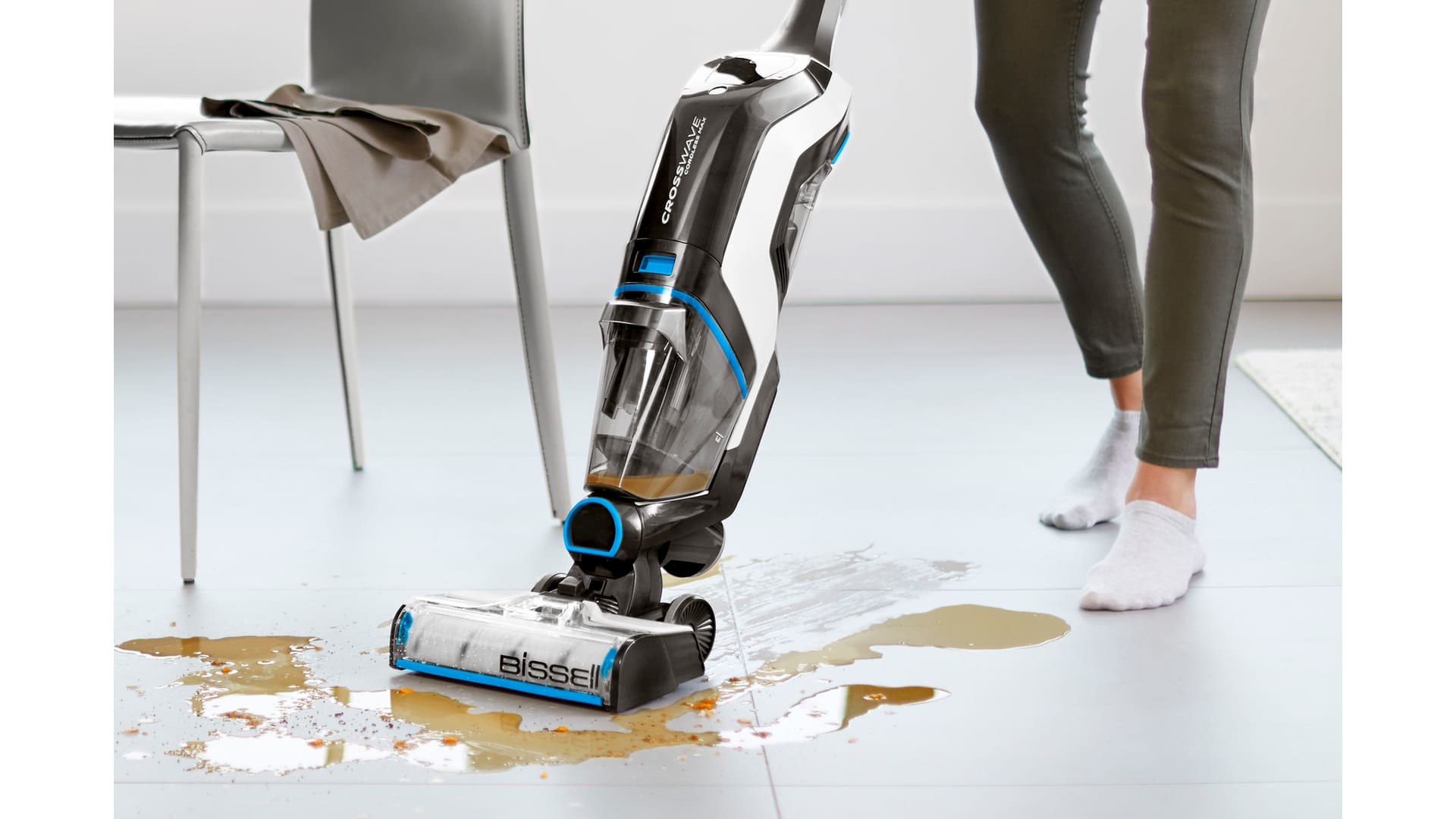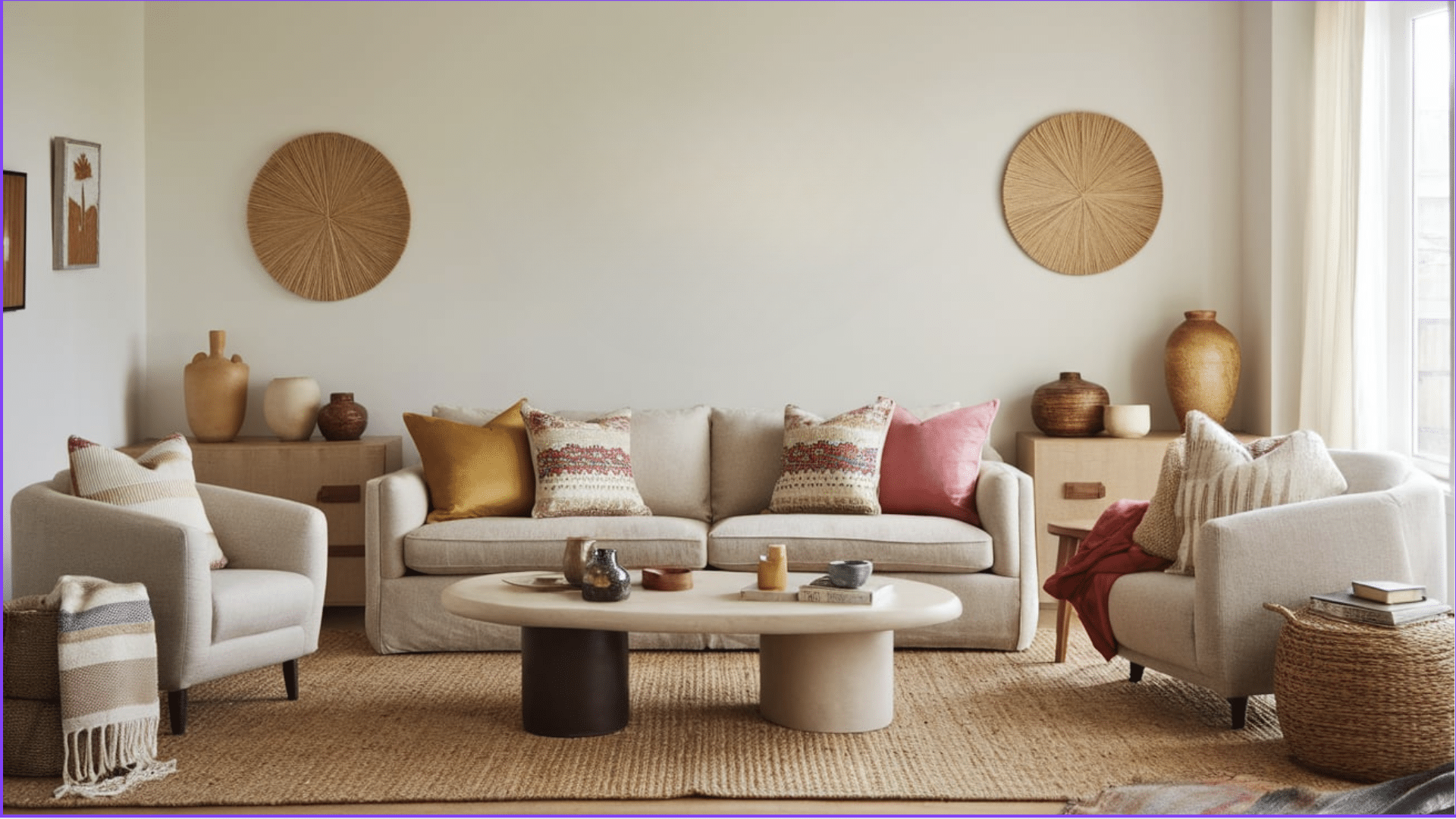How to Choose the Right Size Table Lamp
I know the struggle of picking table lamps. When I bought my first lamp, I spent hours looking at different sizes, only to end up with one that looked too small on my bedside table.
Here’s the good news: choosing the right size table lamp isn’t as hard as it seems. I’ve learned some simple tips that make the whole process much easier.
In this guide, I’ll show you:
- How to measure your table correctly
- The perfect height range for different rooms
- Easy ways to check lamp proportions
- Quick tips for matching lamps with furniture
By the end of this post, you’ll feel confident about picking the perfect table lamp size for any room in your home.
How to Choose the Right Size
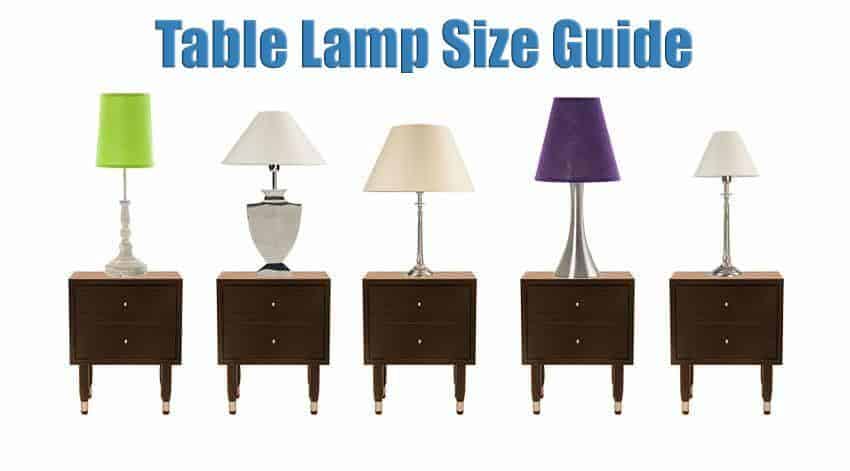
A main rule I follow is matching the lamp’s height to where I plan to put it. Let me break this down with examples for different spaces.
1. Living Room Side Tables
For side tables next to your sofa, aim for a lamp between 26 and 34 inches tall. I find this height lets me read comfortably when sitting.
The lampshade should sit just above eye level when you’re seated. That way, the light falls nicely on your book or magazine.
2. Bedroom Nightstands
In the bedroom, I suggest lamps between 24 and 28 inches tall. This height works well because when I’m in bed reading, the bottom of the shade sits near my shoulder level. It helps avoid glare while giving enough light.
3. Office Desks
For desk lamps, I like ones between 18 and 22 inches tall. This size gives me plenty of light for work without taking up too much desk space. The shorter height also keeps the light focused on my work area.
Size-Matching Tips:
- The lamp should be 1.5 times taller than the table it sits on
- The shade’s width shouldn’t be bigger than the table’s depth
- Leave at least 3 inches between the shade and the table edge
For example, if your side table is 20 inches tall, look for a lamp around 30 inches in height. This keeps things in good proportion.
I also make sure there’s enough space around the lamp. You want to move freely without bumping into it. Plus, having some breathing room makes the whole setup look better.
Remember, these aren’t strict rules – they’re starting points. What matters most is how the lamp fits your space and meets your needs.
Some General Rules for Lamp Sizing to Consider
1. Table Height Ratio: I always measure my table height first. Then, I aim for a lamp that’s 1.5 times taller than the table. For example, with my 25-inch console table, I picked a 37-inch lamp. This ratio creates a nice visual flow in the room.
2. Shade Width Rules: The width of the lampshade matters just as much as height. I keep the shade width equal to or slightly wider than the table’s base. My rule: the widest part of the shade should be 2 inches less than the table width on each side.
3. Bottom of Shade Position: When I sit next to the lamp, the bottom of its shade should line up with my chin level. This position stops light from shining directly in my eyes. For dining areas, I place the shade bottom at eye level when seated.
Total Height Guidelines Here’s what works in different rooms:
- Bedside lamps: 24-28 inches tall
- Living room table lamps: 26-34 inches tall
- Desk lamps: 18-22 inches tall
- Console table lamps: 32-36 inches tall
4. Base Size Tips: The lamp base shouldn’t take up more than 1/3 of the table surface. I once made the mistake of getting a lamp with a too large base. It left no room for my coffee cup or books.
5. Light Direction: The shade’s height affects where the light falls. I position my shades so they direct light downward for tasks and outward for general lighting. The shade bottom should sit 8-10 inches above the table surface.
6. Space Around the Lamp: I always leave breathing room. There should be:
- 3 inches minimum between shade and table edge
- 12 inches between the shade and the nearest wall
- Enough space to reach nearby outlets easily
7. Ceiling Height Factor: I use taller lamps in my rooms with high ceilings. For every foot of ceiling height over 8 feet, I add 2-3 inches to the lamp height. This keeps things looking balanced.
These rules help create good proportions. But remember – your room’s style and needs might call for slight changes to these guidelines.
Why Lamp Size Matters
- First, a well-sized lamp makes daily tasks easier. When I read or work, I need the light to fall exactly where I need it. Too tall or short, and I end up with shadows or glare.
- Balance is another key point. Think about putting a tiny lamp on a big table – it looks lost. The same goes for a huge lamp on a small table. I learned this when my oversized lamp kept drawing odd looks from guests.
- The right size lamp also affects how light spreads in your room. A lamp that’s too short won’t light up enough space. One that’s too tall might shine light in your eyes while sitting.
- Most importantly, proper sizing helps create a comfortable feel in your room. It’s like choosing shoes – the right fit works better.
Approximate Cost According to The Different Sizes
| Lamp Size | Basic Models | Mid-Range Options | Higher-End Styles | Best for |
|---|---|---|---|---|
| Small Table Lamps (15-20 inches) | $20-40 | $45-75 | $80-150 | Small desks, compact bedside tables, narrow shelves |
| Medium Table Lamps (21-26 inches) | $35-65 | $70-120 | $125-200 | Standard bedside tables, home office desks |
| Large Table Lamps (27-32 inches) | $50-90 | $95-175 | $180-300 | Living room side tables, large console tables |
| Extra Large Lamps (33+ inches) | $75-125 | $130-250 | $255-500 | Statement pieces, grand entrance tables |
| Factors Affecting Price | |
|---|---|
| Material quality | Ceramic, metal, glass |
| Brand name | Well-known brands tend to be pricier |
| Shade material | Higher-quality materials increase the cost |
| Special features | Dimming, adjustable lighting |
| Design complexity | Intricate designs or custom styles may add to the price |
How to Style Table Lamp to Decorate Your Room
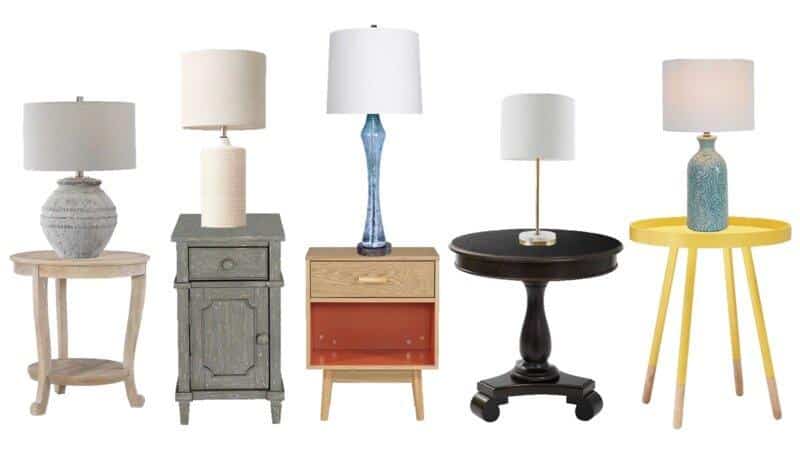
1. Mix and Match Heights
I like creating visual interest by using different lamp heights. In my living room, I pair a taller lamp on a side table with a shorter one on the console. Just make sure they share some common elements like color or style.
2. Color Coordination
When picking lamp colors, I look at my room’s color scheme. Here’s what works for me:
- Neutral shades for busy rooms
- Bold colors add pop to simple spaces
- White or cream shades to brighten dark corners
- Metal finishes that match other room hardware
3. Location Tips
I’ve found these spots work best for table lamps:
- Both sides of the sofa for balanced lighting
- Either side of the bed for reading
- On-entry tables to welcome guests
- Corner tables to remove dark spots
4. Shade Selection
The shade makes a big impact. I choose:
- White shades when I need bright task lighting
- Textured shades to create soft, warm light
- Wider shades for more general room lighting
- Narrow shades for focused reading light
5. Layering Light
I combine table lamps with other light sources:
- Place them near windows for daytime balance
- Add them to rooms with overhead lights
- Use them with floor lamps for full coverage
- Put them by mirrors to multiply light
6. Seasonal Changes
I switch things up with seasons:
- Light, bright shades for spring and summer
- Warmer tones for fall and winter
- Different textures to match seasonal decor
- New bulb colors to change the mood
7. Group Styling
When styling lamps with other items:
- Keep groups to odd numbers
- Vary object heights
- Include different textures
- Leave some space
I ensure each lamp serves a practical and style purpose in my room. The right placement and styling can pull a room together.
Conclusion
I started this post sharing my own lamp-sizing mistakes, and now I’ve given you the tools to avoid them. Remember the basic rule: your lamp should be about 1.5 times taller than your table.
Why does this matter? Because the right-sized lamp does more than light up a room – it creates comfort, helps with daily tasks, and pulls your space together.
Start with measuring your table and matching it to the lamp heights I’ve suggested. Try different sizes until you find what works best for you.
Do you have questions about lamp sizing?
Leave a comment below! I’d love to hear about your experience with finding the perfect table lamp size.
Frequently Asked Questions
How Do I Measure Lamp Height and Width Correctly?
Measure the height from the base bottom to the shade top. For width, measure the shade’s widest part. Include finials in height measurement and measure straight up.
Is It Okay to Have Mismatched Lamps in a Room?
Yes! I often mix lamps of different sizes. For a pulled-together look, keep one matching element—either the height, shade color, or base style.
Can Lamp Size Affect the Mood of a Room?
Big lamps create bold statements and formal feels. Smaller lamps feel more casual and cozy. I find medium-sized lamps work best for balanced, comfy spaces.



